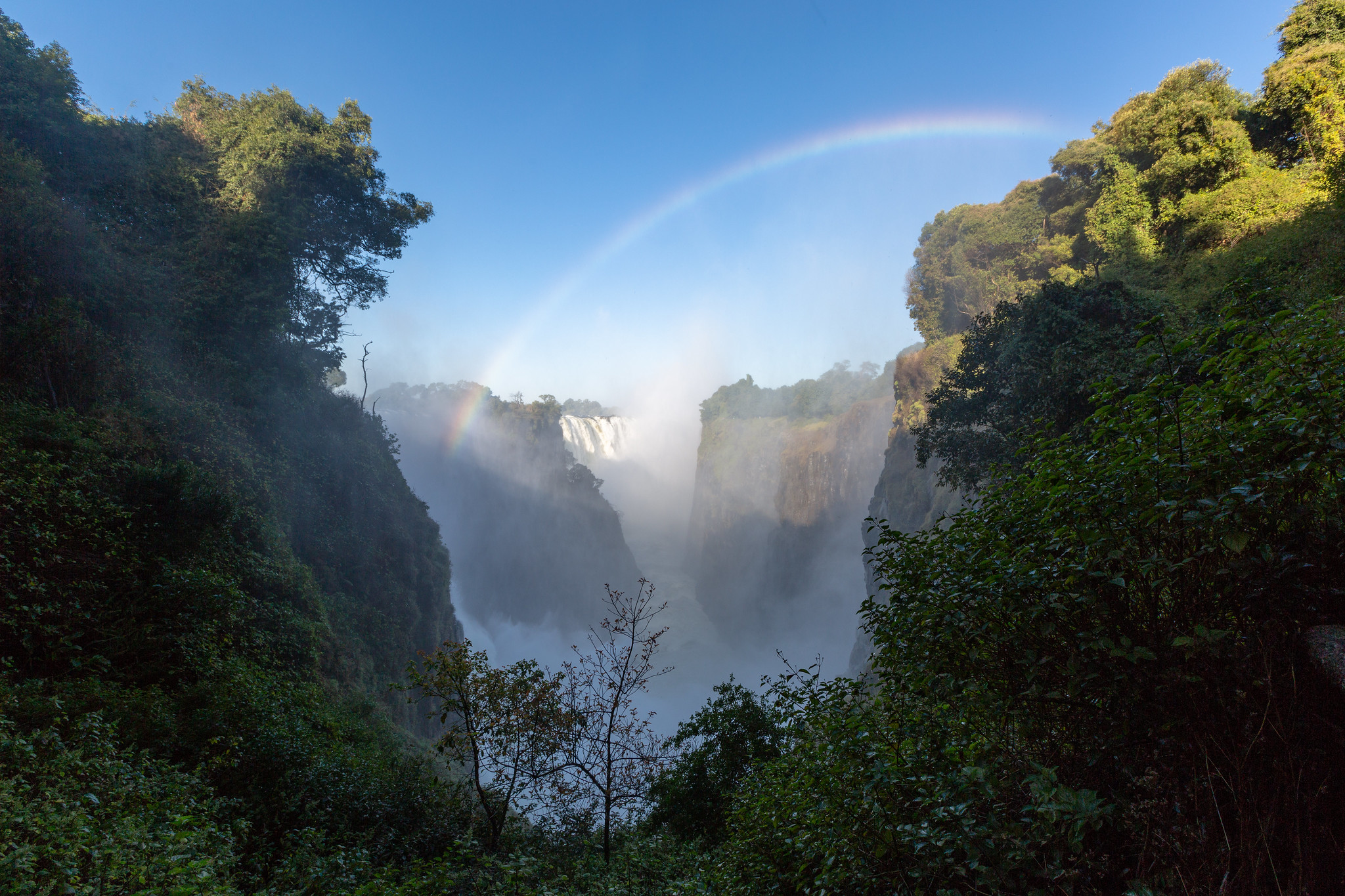
While ecological integrity often goes undefined, this new joint paper establishes a quantifiable definition.
New York - Improving ecosystem integrity is essential to ensuring human and planetary wellbeing. Parties to the Convention on Biological Diversity (CBD) are working to adopt a consistent and accurate method to define and measure ecosystem integrity. In the new paper recently published in Conservation Letters, "Towards monitoring forest ecosystem integrity within the Post-2020 biodiversity framework", scientists and biodiversity experts from the United Nations Development Programme (UNDP) and eight other leading institutions share a pathway to fill this critical gap.
While ecological integrity often goes undefined, this new joint paper establishes a quantifiable definition for it, delineating ecological integrity as a measure of the structure, function and composition of an ecosystem compared to pre-industrial levels. Then, building from metrics, such as the Global Earth Observations Biodiversity Observation Network's (GEO BON) Essential Biodiversity Variables, the authors recommend eight key indicators to evaluate ecological integrity, indexing vital markers such as deforestation, species habitat, biodiversity loss or ecosystem resilience. The paper demonstrates how advances in earth observations can be harnessed to track these metrics, providing a clearer picture of the earth's valuable ecosystems and a way to measure progress towards our biodiversity goals.

Monkeys
Signatory countries to the CBD are in the process of developing the Post-2020 global biodiversity framework (GBF), formulating targets that will guide action for nature over the next three decades. Like the Aichi Biodiversity Targets, the current draft of the Post-2020 GBF emphasizes the importance of increasing ecological integrity but does not define the term nor standardize methods to measure it. If operationalized, the paper's recommendations could enable Parties to the CBD to better evaluate, manage, and report on their progress towards reaching the 2030 biodiversity targets.
To address the underlying causes of biodiversity loss by 2030, nations require access to monitoring and reporting frameworks based on high-quality, freely available remote sensing data. The authors of this paper pull from institutional knowledge and the latest developments in earth observation to define ecosystem integrity and recommend tools to measure progress on the post-2020 GBF.






